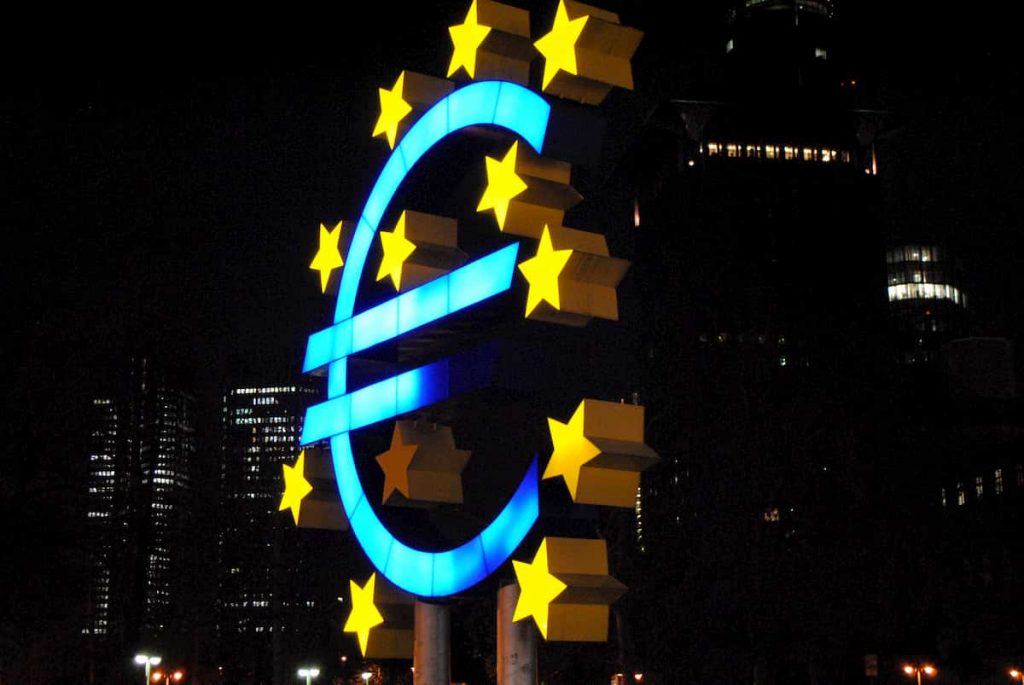The European Union is moving towards making cross border payments quicker and cheaper by leveraging on blockchain and crypto-assets. EU documents indicate that the regional body will unveil new rules to enable the process by 2024.
Currently, 78% of payments across the EU are in cash and the European Commission seeks to promote greater use of digital finance. Furthermore, based on increased cashless payments during the coronavirus pandemic, the EU is looking forward to enabling instant payments by using a stablecoins, a type of cryptocurrency often backed by traditional assets.
The EU executive has been tasked with drafting new regulations and highlight gaps that can be handled with the use of digital assets.
The documents showed the EU’s framework towards the new regulations. According to the documents:
“By 2024, the EU should put in place a comprehensive framework enabling the uptake of distributed ledger technology (DLT) and crypto-assets in the financial sector. It should also address the risks associated with these technologies.”
Need to promote data sharing
In setting up the framework, the EU will put into consideration the importance of sharing data across the financial. With sharing information, the EU seeks to encourage competition and the introduction of new services.
The development comes after the EU has been looking for it homegrown solutions to enable payments. Currently, the region heavily depends on MasterCard and Visa. In general, instant payments have greater advantages over traditional credit transfers.
Several banks across the EU are currently studying stablecoins with the aim of launching their own. Social media giant Facebook also plans to unveil the Libra token.









